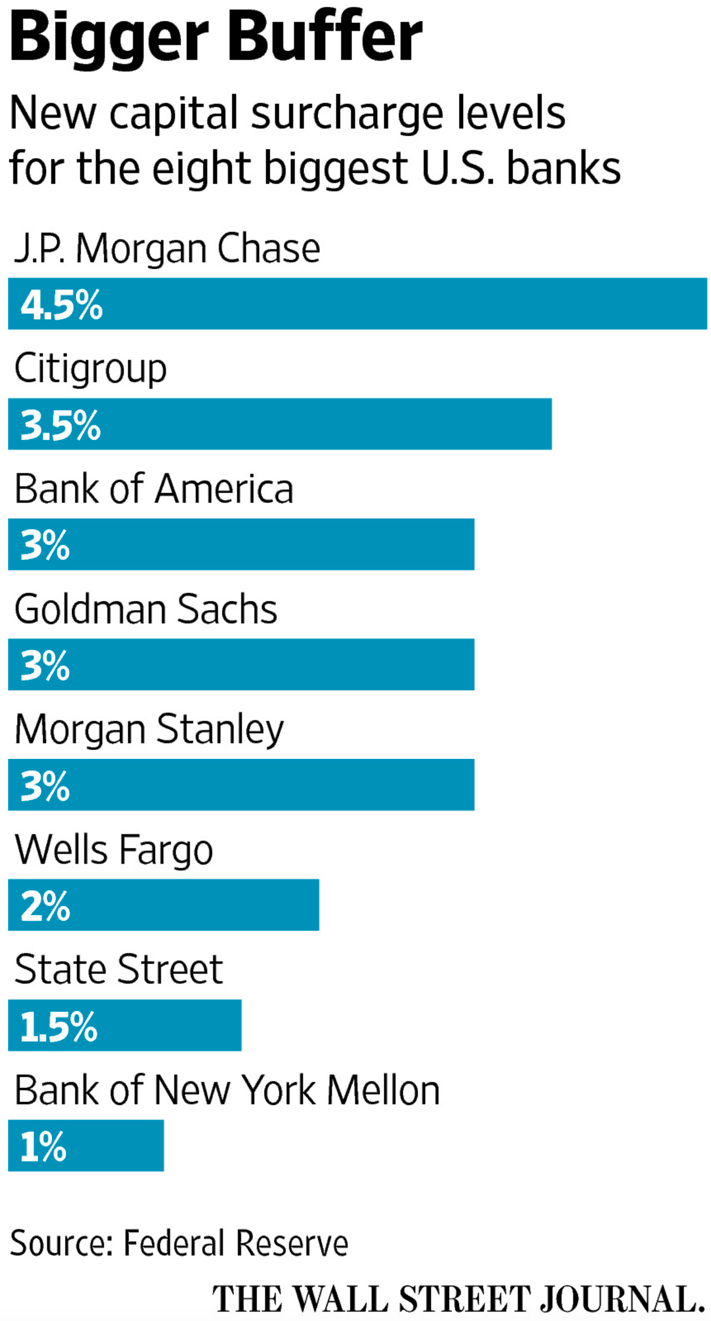Spoiler alert to the Wall Street Journal post, What Happens When Stocks Only Go Up – they don’t. But far more interesting than the impossibility of predicting a major correction, whether this time it’s really different, or some other alternative, is the exploration into the psychology of the investor (or trader):
In February 2020, before the pandemic had fully hit home, these investors estimated the odds of such a bear market at an average of only 4%. By April, just after the S&P 500 had fallen by one third, their expectations that the market would plunge again in the coming year nearly doubled to 8%.
Those fears swiftly faded. By last December, investors in the Vanguard survey estimated the probability of another crash in the ensuing 12 months at only 5%. That was slightly lower than their average estimate during the three years before the pandemic.
But one group was different:
…those who went into early 2020 with the highest expectations for stock returns in the upcoming year. They ended up reducing their exposure to stocks much more sharply during the crash of February and March 2020 than those who had been expecting lower returns.
Again, not necessarily by way of prediction but a historical account of the madness of the crowds that should at least give pause, “in the 1920s, a “new era” of technological disruption made caution look absurd—until stocks crashed by 89%.”


